How to perfectly time the final mow before winter to maintain a healthy lawn
When and how you do the last cut of the year impacts lawn health over winter and into spring
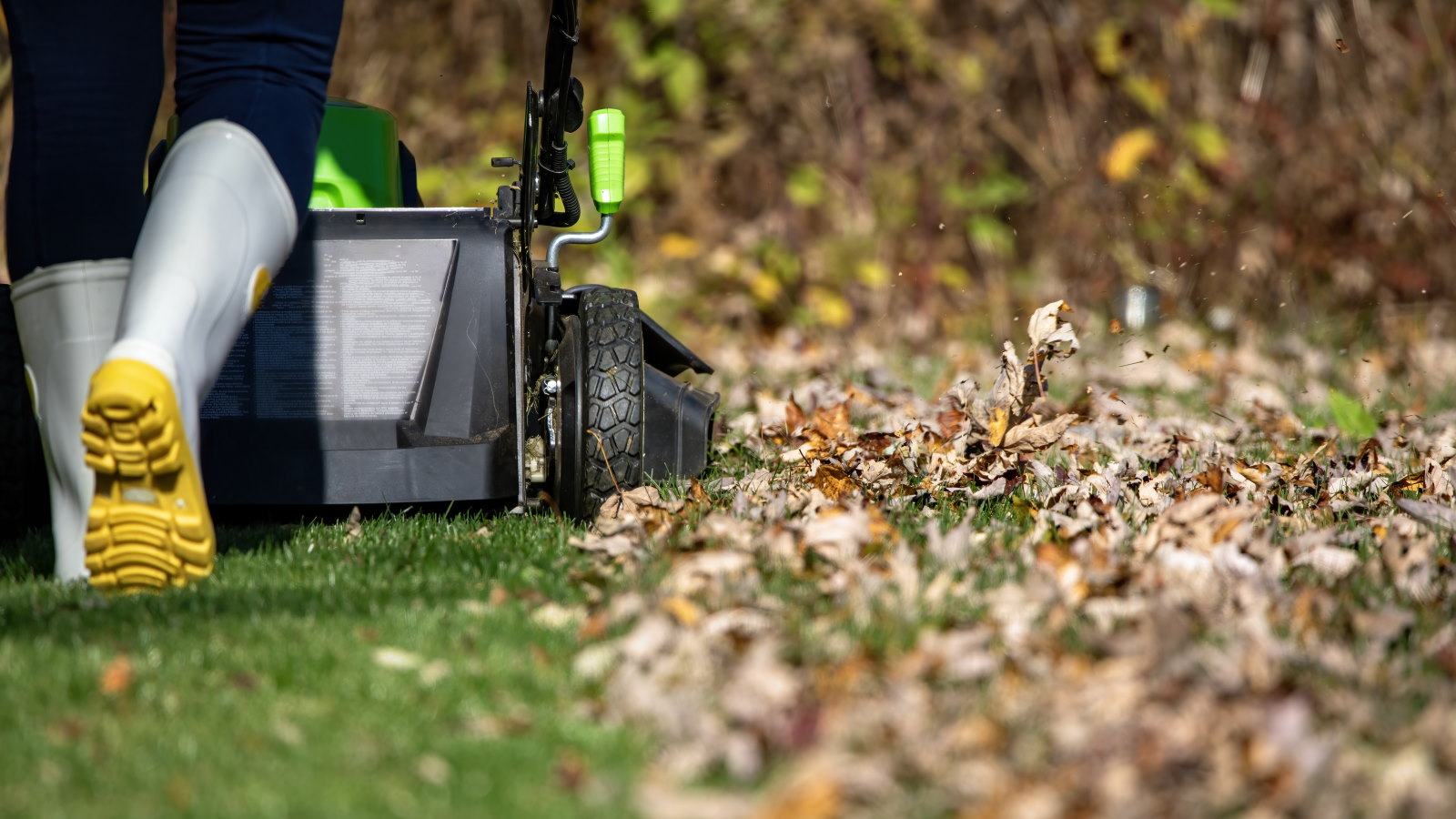

The drop in temperatures during fall sees the growth of grass slow down, but you may want to give your lawn one final cut before the arrival of winter. It can be difficult to judge when it is the right time for the final mow of the season, as you do not want to ultimately harm the health of your lawn.
Getting the timing and height of the final mow before winter correct can be important as part of any lawn care regime. Leaving the grass a little bit longer can protect the roots from winter cold and see it emerge healthy again next spring.
If you do have a final mowing before winter on your fall gardening checklist, then it is important to keep an eye on the temperatures and certainly get out there with the mower before the first hard frost of the year hits your lawn.
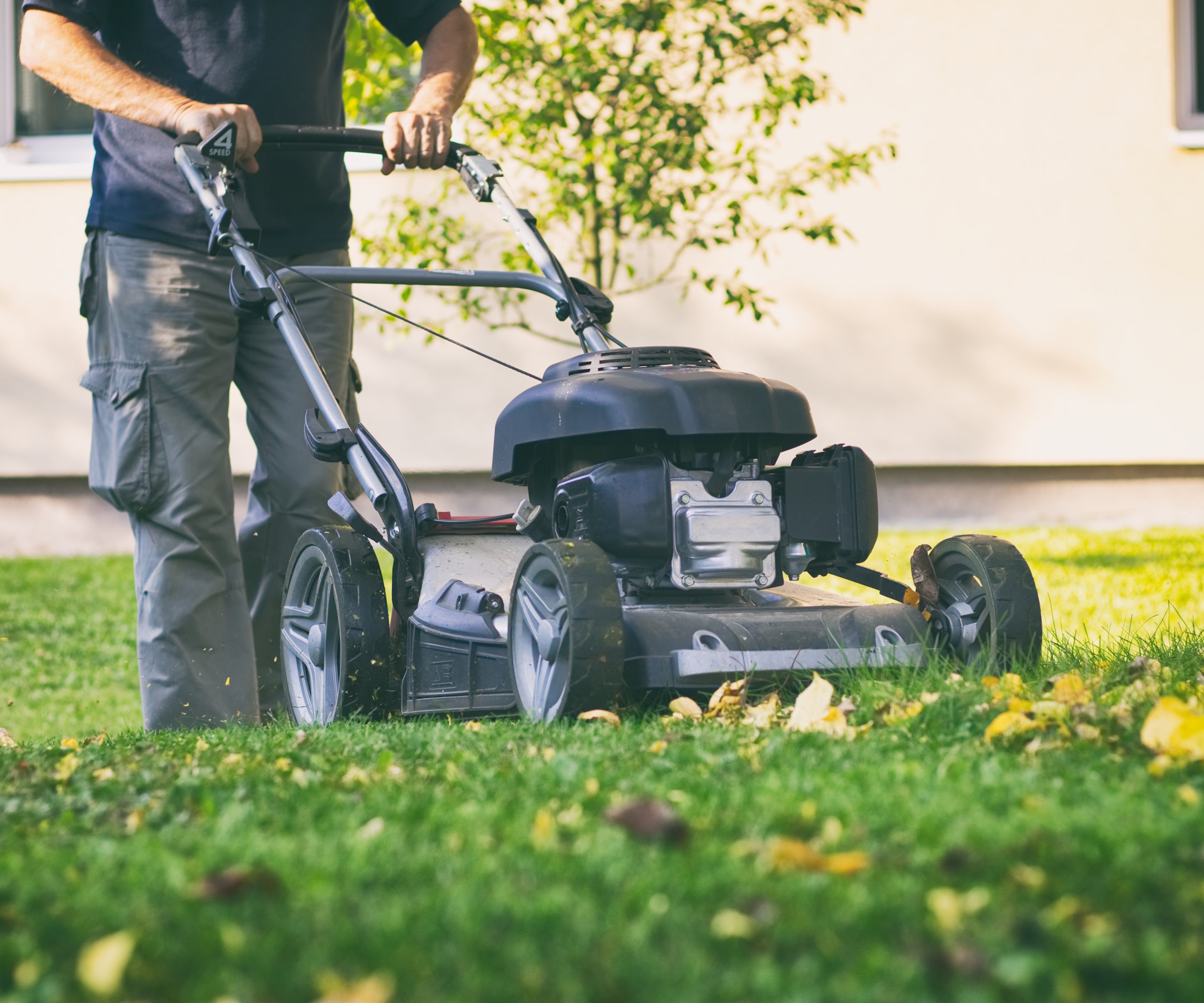
Mowing is an important part of lawncare in fall
When should you do the final lawn cutting before winter?
The exact timing for any final mowing before winter will depend on your location and US hardiness zone, which will directly influence when the grass enters its dormancy.
We hear from some experts about the signs to look out for and get some tips for the final lawn cutting before winter.
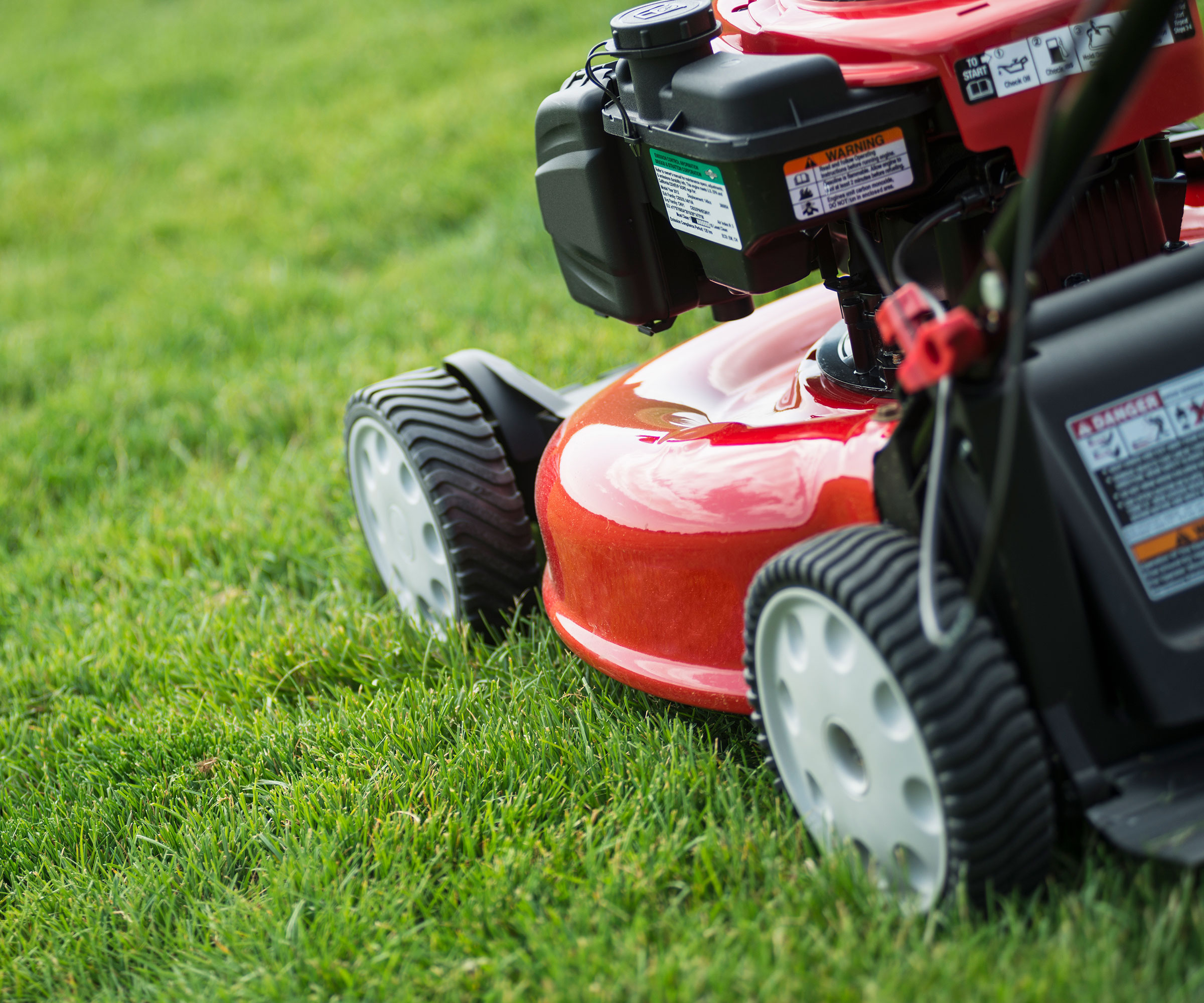
The growth rate of grass drops at lower temperatures
How to time your final mowing before winter
Most species of grass tend to go dormant for winter once temperatures are consistently under 50°F. The growth of warm-season grasses slows down when temperatures are in the 60s, while cool-season grasses start to slow in the 50s.
Jeremy Yamaguchi, CEO of Lawn Love, recommends monitoring your local weather forecasts and planning a final mow for when the temperatures look to be going under 50°F.
He says: ‘Once temperatures are below this mark, most species of grass naturally go dormant and thus no longer need to be mowed. In areas like the Midwest where winter comes earliest, this usually happens in around early-mid October, and in other areas like the Southwest, this can be as late as late November or early December.’
Sarah Jameson, the founder and owner of Lawn Chick, agrees that dropping temperatures and slowing down of growth is ‘nature's way of signalling the lawn's preparation for dormancy’ and a sign that it is time for the final mow before winter arrives.
‘Another clear sign is the forecast of the first hard frost,' she adds. ‘While it’s normal to see frost on your lawn with regularity during those chilly fall mornings, the first hard frost is different.
‘The final mow should ideally be done just before the first hard frost. This ensures that your grass remains resilient throughout winter. On my lawn, I do my final mow as part of my leaf clean up, typically in November.’

Jeremy Yamaguchi is the CEO of Lawn Love, helping homeowners find quality, reliable lawn care. Specializing in technology and using industry experience, Jeremy intends to revolutionize the lawn care industry.
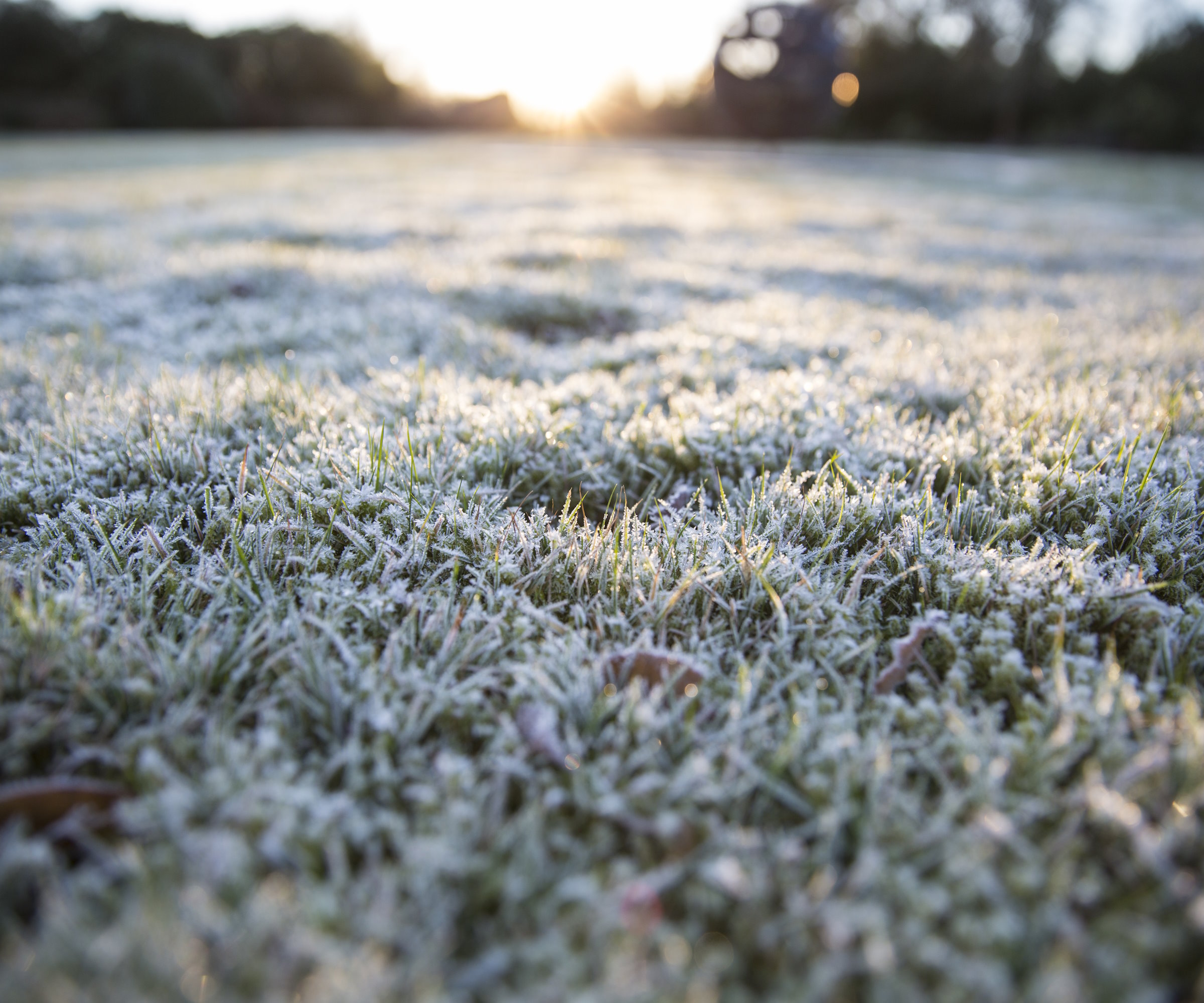
Time your final mow before the first hard frost hits
Tips for the last lawn cutting before winter
Sarah Jameson says ‘the transition from fall to winter is a critical period for lawns’ and work undertaken at this time can impact how healthily a lawn starts growing again in the spring. Your approach to fall lawn care, and how you set about the last mows of the year, can impact the health of your grass long-term.
This includes avoiding cutting the lawn too short for winter, with Sarah adding ‘maintaining a height of about 2.5 to 3 inches is optimal for most lawns’. Raising the height of the mower for the final few cuts of the year means that longer grass blades can provide some extra insulation over the cold winter months. Most new lawn mowers will have adjustable height options built in, such as this Soyus mower available on Amazon, with five different height settings.
Using a mulching mower, such as this cordless Litheli model available on Amazon, will also be beneficial, as it will chop up the leaves and grass clippings to provide nutrients to the lawn as they decompose. Leaving a thick mat of whole leaves on the grass throughout winter, however, is a lawn care mistake as they can kill the lawn underneath them. Remove leaves regularly and take advantage of fallen leaves, by adding them to your compost or using them to mulch the garden.
Only mow when the grass is dry, which may be trickier during the fall months but will ultimately be beneficial to the lawn. Mowing wet grass causes the cut to be uneven and it often clogs up your mower. This can damage the machine or result in large piles of wet grass being dumped around your lawn.

Sarah Jameson is the founder and owner of LawnChick.com, a trusted lawn care blog that educates millions of homeowners each year to help them achieve the greenest, healthiest lawn. Sarah’s blog is read by over 2 million homeowners each year and she is regularly cited as an expert source of lawn care knowledge by major publications.
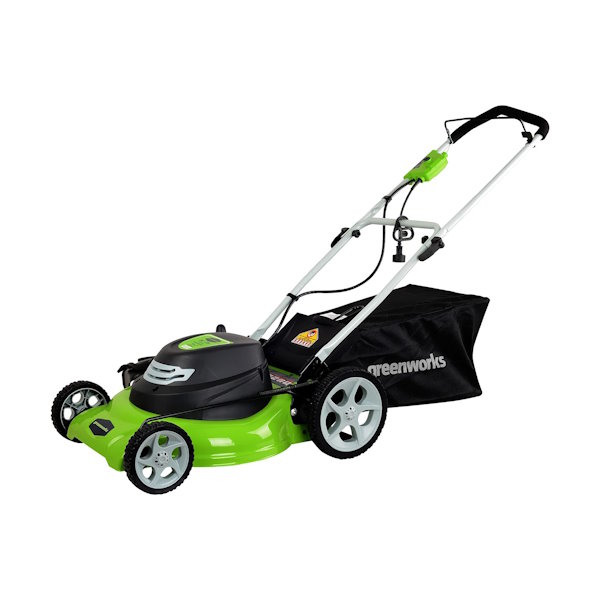
This mower features a 3-in-1 mowing system – allowing for mulching, rear collection, and side discharge – and a 20-inch wide cutting path. The AC corded power means unlimited run-time with no harmful emissions.
FAQs
Should you cut the lawn short before winter?
It is not advisable to cut your lawn too short for winter. The last few cuts of the year should be higher than you were mowing during the summer. Leaving the grass that bit longer for winter plays a part in boosting its health for when it comes to start mowing a lawn again in spring.
Mark Tappan, an agronomist for Simple Lawn Solutions, explains that grass transfers nutrients to its roots in preparation for dormancy to help boost its winter hardiness. Raising the deck for the last few cuts to leave grass that bit longer can help to provide further insulation to the roots during the colder months.
He adds: 'Lowering the mow height will reduce the potential nutrient translocation, can stress the lawn before dormancy, and can enhance germination of weed seeds by allowing the sun greater access to the soil.’
Should I leave grass clippings on my lawn in the winter?
Leaving short grass clippings on the lawn can provide nutrients to the grass over winter. It is best to use a mulching lawn mower, or a mulching plug in your lawn mower, to chop up the grass clippings into small pieces that can settle between the grass blades and nourish the soil as they break down during the colder months.
Giving a lawn a final mow is beneficial in combatting snow mold, a fungal problem that can affect residential lawns during winter. Reducing the length of the grass before winter, along with dethatching a lawn, helps against this troublesome lawn disease. Snow mold is caused by dampness and a lack of air circulation under leaves or snow during winter. It shows as strand-like mold, which looks like spider webs, once the snow melts and good fall lawn care can actively prevent snow mold.
Sign up to the Homes & Gardens newsletter
Design expertise in your inbox – from inspiring decorating ideas and beautiful celebrity homes to practical gardening advice and shopping round-ups.

Drew’s passion for gardening started with growing vegetables and salad in raised beds in a small urban terrace garden. He has worked as a professional gardener in historic gardens and specialises in growing vegetables, fruit, herbs, and cut flowers as a kitchen gardener. That passion for growing extends to being an allotmenteer, garden blogger, and producing how-to gardening guides for websites. Drew was shortlisted for the New Talent of the Year award at the 2023 Garden Media Guild Awards.
-
 Nate Berkus says slipcovered sofas are back on trend – and I just found a way to create this designer-approved laid-back look from just $86
Nate Berkus says slipcovered sofas are back on trend – and I just found a way to create this designer-approved laid-back look from just $86This classic style is making a strong comeback, but did you know you don't have to buy a whole new couch to get this Nate-approved look?
By Eleanor Richardson
-
 Gardeners are putting pasta in bird feeders this spring – but there is one important warning you need to know before following suit
Gardeners are putting pasta in bird feeders this spring – but there is one important warning you need to know before following suitCooked pasta can be a nutritious snack for birds, but serving it in the wrong way could cause them harm
By Tenielle Jordison